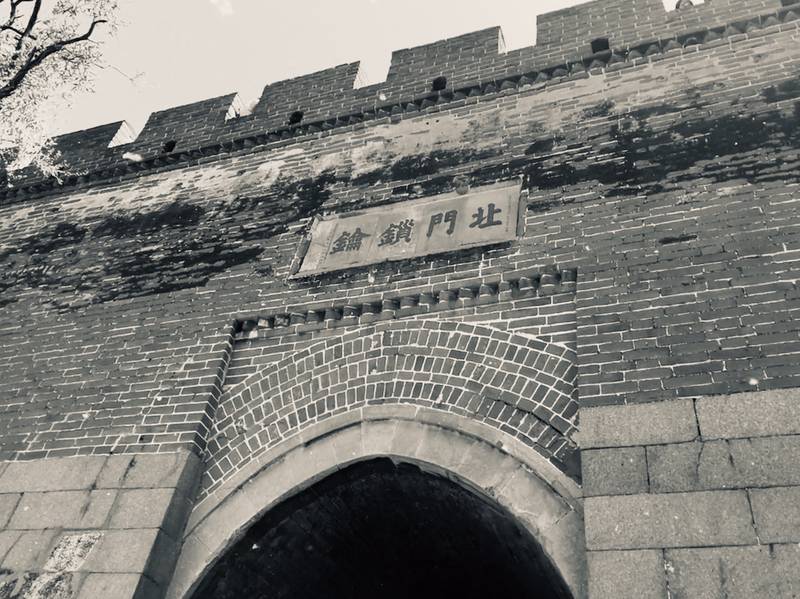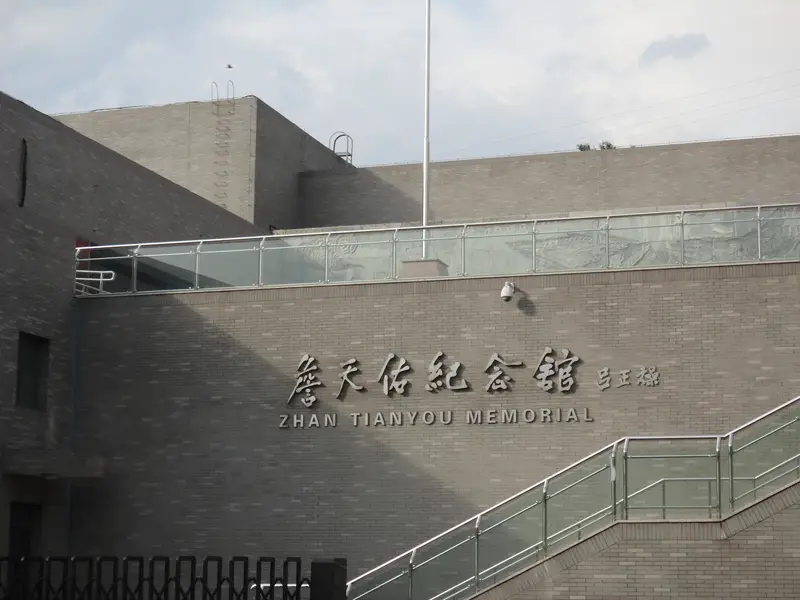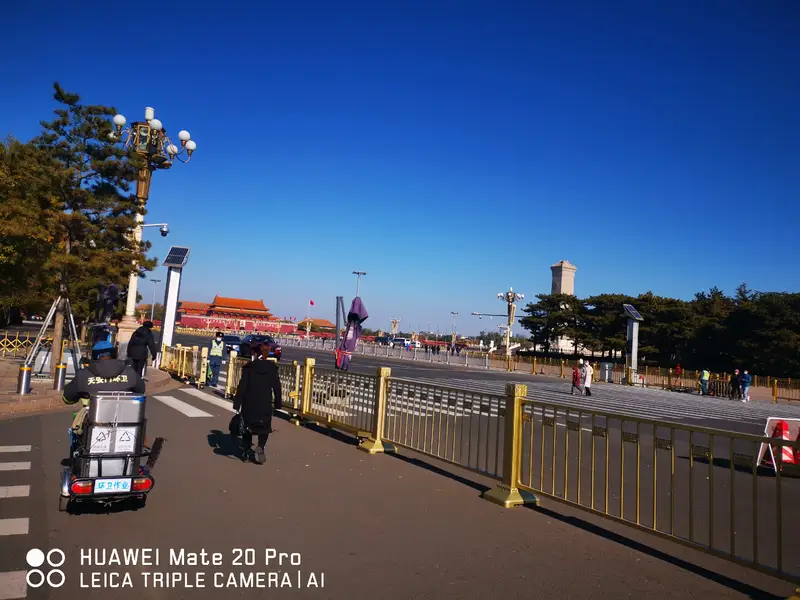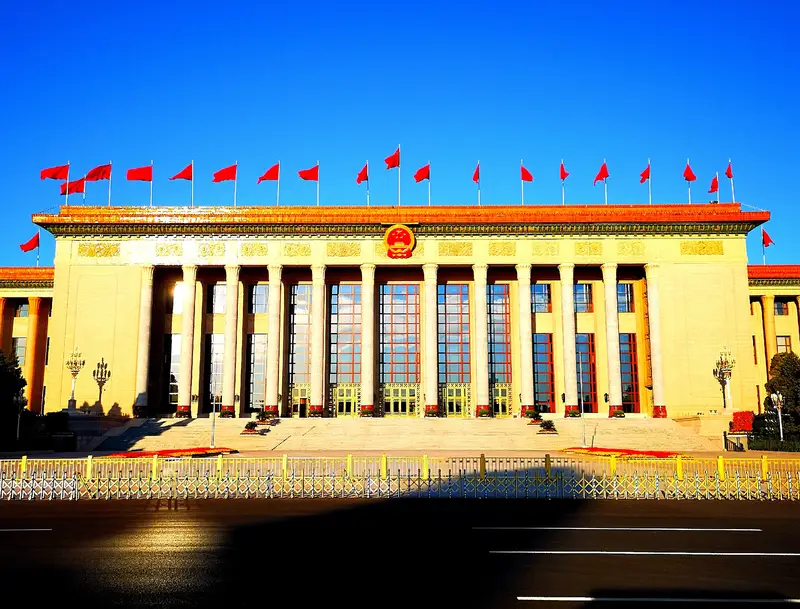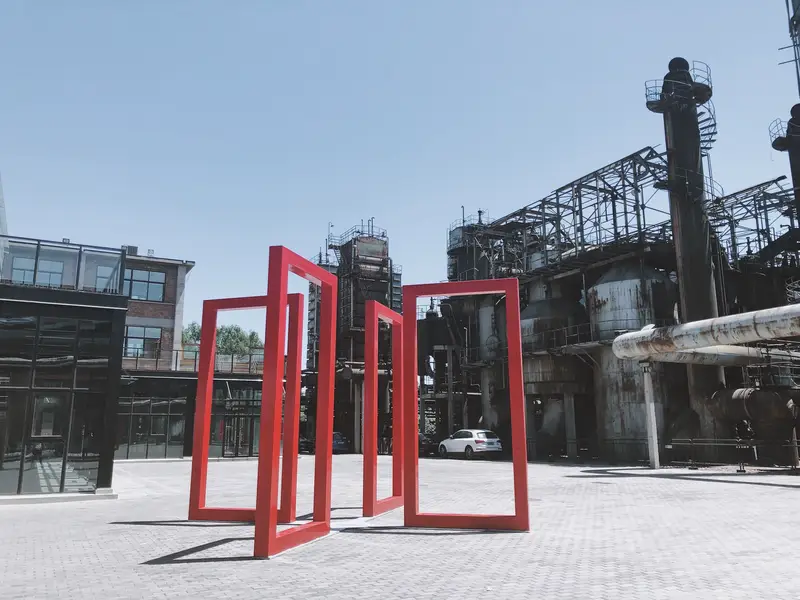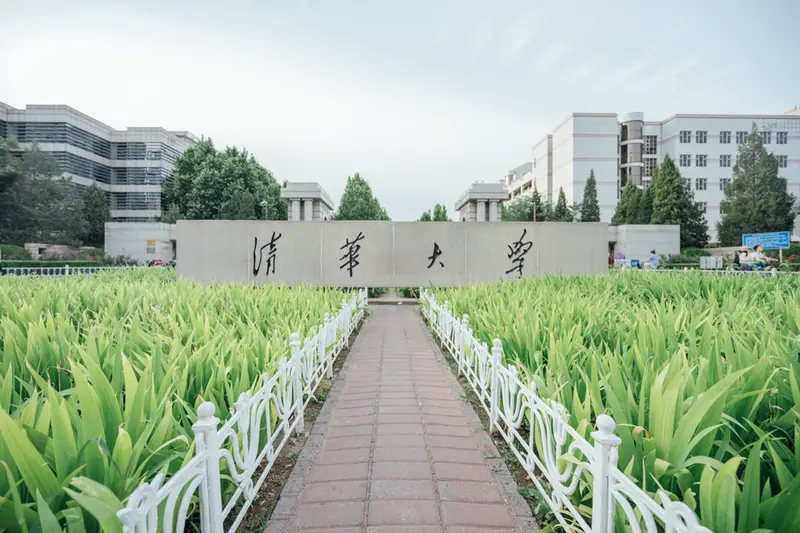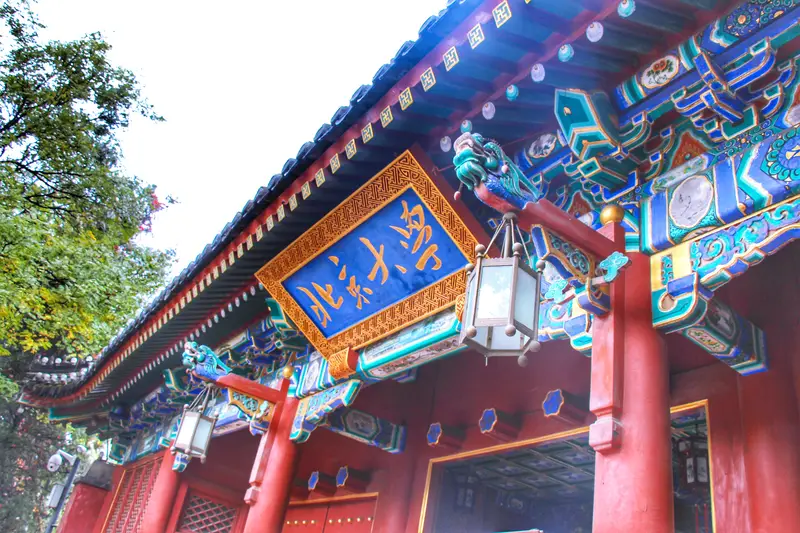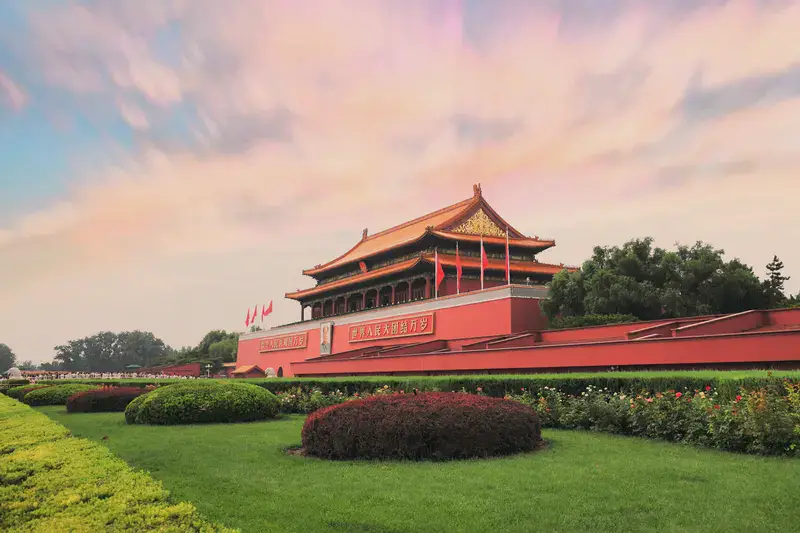Location and Transportation
Nan Yi Lou, or the South First Tower, is located in Wuhan, the capital of Hubei Province in central China. Wuhan is a major transportation hub, making it easily accessible from various parts of the country. The tower is situated in the bustling Hongshan District, which is well-connected by public transportation.
How to Get There
- By Air: Wuhan Tianhe International Airport is the nearest airport, about 30 kilometers from the tower. From the airport, you can take a taxi or the airport shuttle bus to the city center.
- By Train: Wuhan has three major railway stations: Wuhan Railway Station, Hankou Railway Station, and Wuchang Railway Station. From any of these stations, you can take the metro or a taxi to Nan Yi Lou.
- By Metro: The tower is conveniently located near the Hongshan Square Station on Metro Line 2. It's just a short walk from the station to the tower.
Natural Scenery
Nan Yi Lou is surrounded by lush greenery, offering a serene escape from the city's hustle and bustle. The area is particularly beautiful during the spring when cherry blossoms and other flowers are in full bloom. The tower itself is set against the backdrop of the Hongshan, a small hill that provides a scenic view of the surrounding area.
Highlights
- Cherry Blossoms: During spring, the area around Nan Yi Lou is adorned with cherry blossoms, creating a picturesque setting.
- Hongshan Hill: A short hike up Hongshan Hill offers panoramic views of Wuhan and the Yangtze River.
Cultural and Historical Significance
Nan Yi Lou is not just a modern architectural marvel; it also has deep historical roots. The tower is part of the Wuhan University campus, one of the oldest and most prestigious universities in China. The university's history dates back to the late 19th century, and the tower itself has been a symbol of academic excellence and cultural heritage.
Historical Context
- Wuhan University: Established in 1893, Wuhan University has been a center of learning and innovation. The campus is known for its blend of traditional Chinese and Western architectural styles.
- Symbol of Learning: Nan Yi Lou has been a symbol of academic pursuit and intellectual growth, often associated with the phrase “climbing the tower to gain a broader perspective,” which means striving for higher knowledge and understanding.
Facilities and Amenities
The area around Nan Yi Lou is well-equipped with facilities to ensure a comfortable visit for tourists.
What’s Available
- Restaurants and Cafes: There are several dining options nearby, offering both local Chinese cuisine and international dishes.
- Souvenir Shops: You can find a variety of souvenirs, including traditional Chinese crafts and university memorabilia.
- Rest Areas: There are plenty of benches and shaded areas where you can rest and enjoy the scenery.
Visitor Experience
Visiting Nan Yi Lou is a rewarding experience that combines natural beauty, cultural heritage, and modern amenities.
Tips for Visitors
- Best Time to Visit: The best time to visit is during the spring (March to May) when the weather is pleasant, and the cherry blossoms are in bloom.
- Photography: Don’t forget your camera! The tower and its surroundings offer numerous photo opportunities.
- Guided Tours: Consider joining a guided tour to learn more about the history and significance of the tower and the university.
Activities
- Walking Tours: Take a leisurely stroll around the campus to appreciate the architecture and natural beauty.
- Hiking: For the more adventurous, a hike up Hongshan Hill provides a rewarding view of the city.
- Cultural Events: Check out if there are any cultural or academic events happening on campus during your visit.
Conclusion
Nan Yi Lou is a must-visit destination in Wuhan, offering a perfect blend of natural beauty, cultural significance, and modern amenities. Whether you’re a history buff, a nature lover, or just looking for a peaceful retreat, this iconic tower and its surroundings have something for everyone. Plan your visit during the spring to fully enjoy the cherry blossoms and the pleasant weather. Don’t forget to explore the nearby Wuhan University campus to get a deeper understanding of the area’s rich history and academic legacy.






